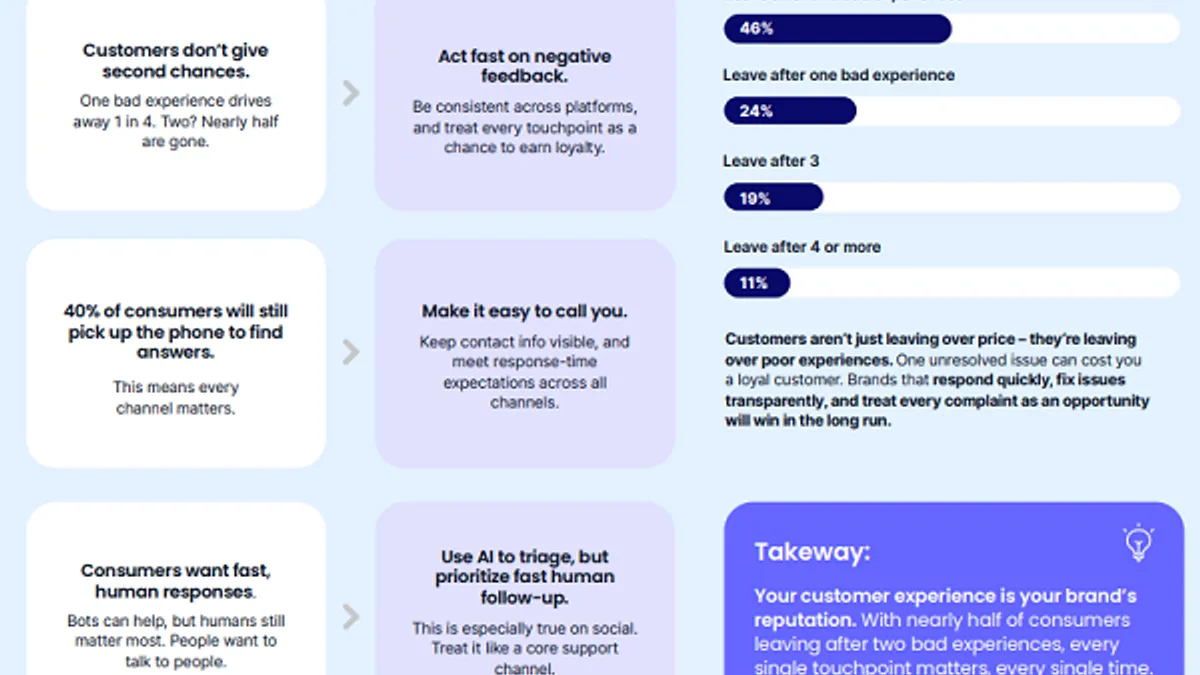Brand safety has become a top-of-mind issue for marketers. From the proliferation of divisive content and disinformation to a loss of control over where ads are placed, ensuring brand safety has become a difficult task. Further complicating the issue is the large gray area a lot of content can fall into, leaving advertisers unsure of the impact on their brands. News articles covering controversial topics, such as the upcoming 2024 election or the Israel-Palestine conflict, can be in this area of uncertainty. But is the focus on news topics paying off for marketers? The merits of advertising next to controversial news posts and the effects on brand safety and purchase intent is evaluated in a new research from Stagwell.
The “Future of News Study” found that advertising placed next to articles on “risky” subjects like inflation and crime perform virtually the same as “safe” subjects like sports. Additionally, with 25% of Americans identifying as “news junkies,” avoiding risky stories may be limiting the reach of a campaign and causing advertisers to miss an opportunity to engage a large consumer group.
“What this study is essentially showing is that…channels that offer quality journalism are completely safe,” said Dritan Nesho, CEO of HarrisX, a research consultancy that is part of Stagwell. “And they shouldn't be hurt because advertising is being withheld from them. Because not only are brands safe, but on the other side, healthy and thriving, press is essential to our democracy.”
The report is part of a larger “Future of News” project recently launched by Stagwell that will include studies and events designed to evaluate the state of news advertising. The study is based on an online survey of nearly 50,000 adults this spring, with 51% identifying as female and 49% as male. By age, 18% of respondents were between 18 and 29, 19% between 30 and 39, 17% between 40 and 49, 23% between 50 and 64 and 24% were 65+. Sixty-four percent of respondents were White, 16% were Hispanic, 11% were Black/African American and 9% identified as “other.”
Read all about it
A key takeaway from the report is the relatively small impact on purchase intent found when comparing ads placed near positive, entertainment-oriented stories and those near more negative news stories, such as articles revolving around inflation.
For example, among Gen Z consumers, the average purchase intent for ads placed next to stories about the Middle East conflict was 65%, only four points less than when placement is next to stories about sports. For ads near inflation-related stories, the purchase intent was 66% and for those near crime stories it was 67%.
“Simply put, Americans can tell the difference between the content and the ad. And the complexity of the content doesn't necessarily rub off on the brand metrics around the app,” said Nesho. “And that's an important part of the findings, especially as we're addressing questions around brand safety.”
It is important to note that purchase intent as it relates to placement near news articles could depend on many factors, such as income. When looking at higher-income consumers, ads placed next to high-quality political news stories had a purchase intent of 72%, just two points less than for advertisements placed next to entertainment stories. For mothers, the purchase intent for ads placed next to neutral stories and more negative stories was 70% in both cases.
A newsstand near you
Stagwell’s report specifically looked at high-quality publishers. Ultimately, this hits at the core of one of the issues surrounding brand safety today — not knowing where branded content is showing up and the fact that not all news articles are created equal. When advertising with large tech firms such as Google or Meta, it can be difficult to keep track of where branded material appears. Going straight to the source, the publishers themselves, may prove more effective when it comes to reaching the desired audience, per the research.
“For advertisers, reaching this massive audience that 25% of Americans who are self professed or self identified, news junkies, these are people that follow the news very closely on a daily basis. And, frankly, a good portion of these people, you can't capture through other channels, you can’t capture them in entertainment channels, and you can’t capture them in sports channels, either,” said Nesho. “And there's an immense opportunity here for advertisers to go after this audience rather than leave this audience behind.”























